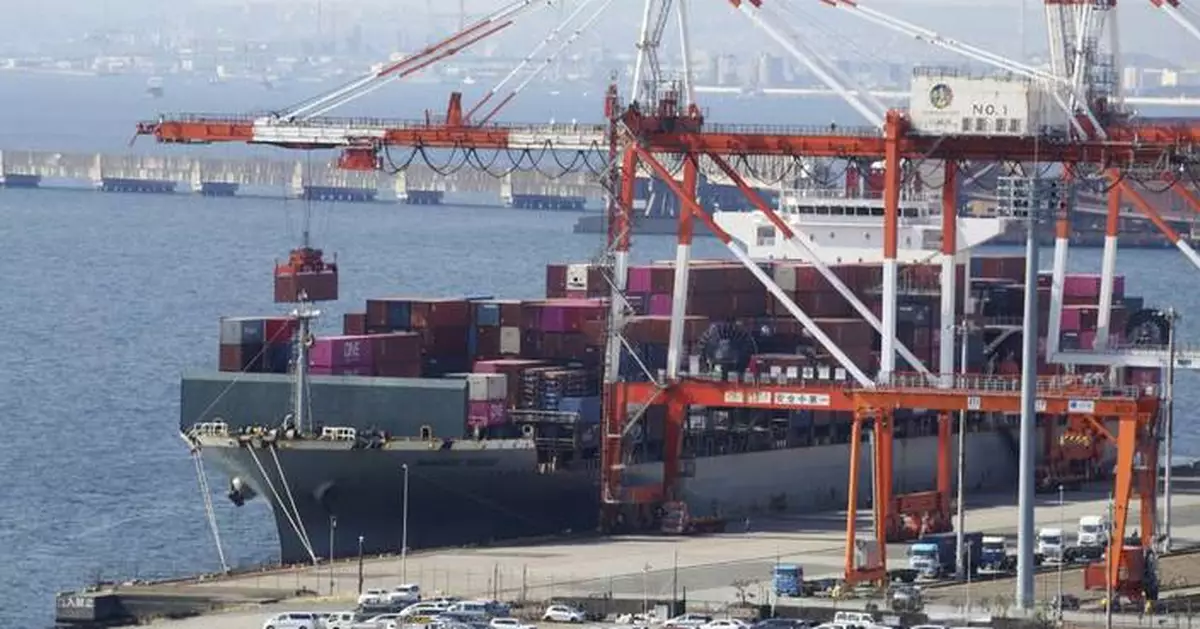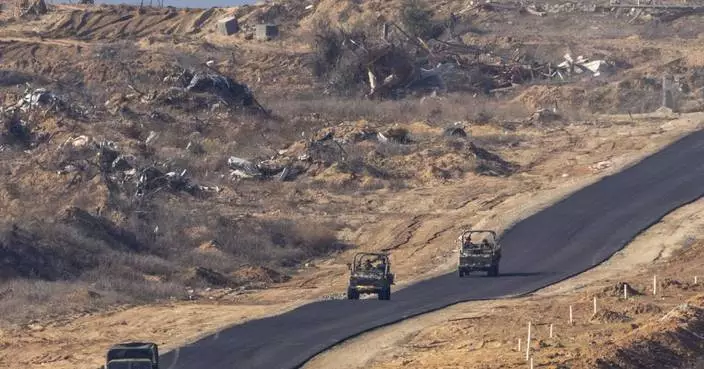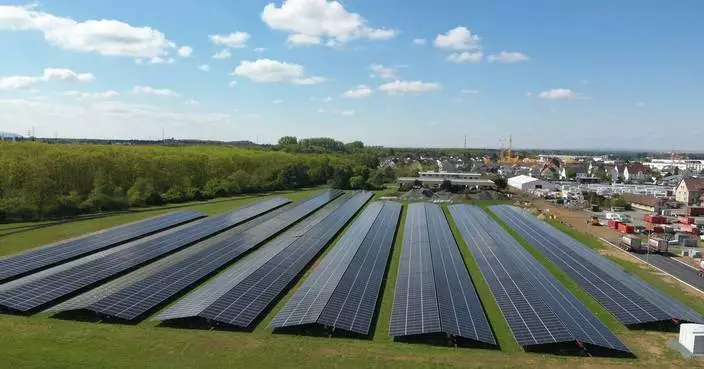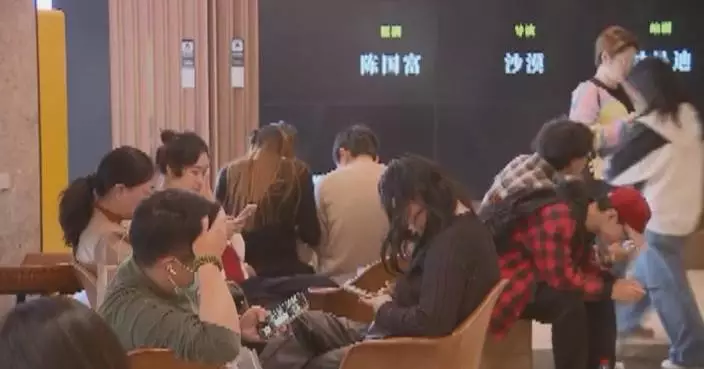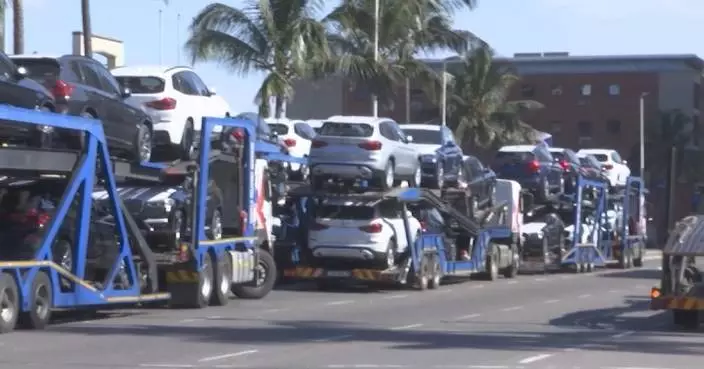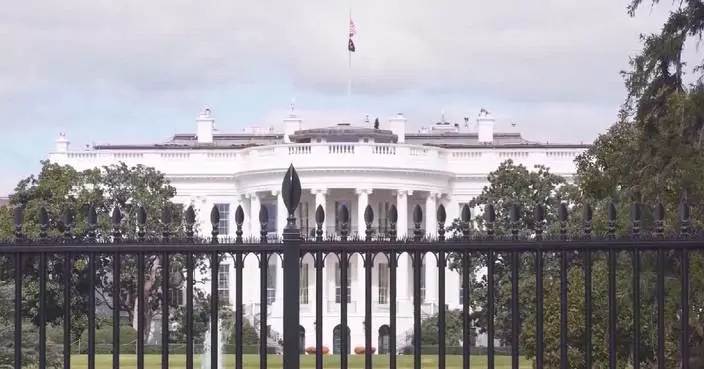TOKYO (AP) — Business sentiment among large Japanese manufacturers has worsened for the first time in a year, partly because of worries about U.S. President Donald Trump’s tariffs, according to a survey by Japan’s central bank released Tuesday.
The Bank of Japan’s “tankan” quarterly survey said an index for large manufacturers that shows the percentage of companies foreseeing good conditions minus those feeling pessimistic fell to plus 12 from plus 14 in December, the first dip in four quarters.
Major manufacturers include the key auto and electronics sectors, whose exports to the U.S. are a major driver for the Japanese economy.
A shrinking population has also dragged on Japan’s growth, while rising wages and a tourism boom have helped.
U.S. auto tariffs are a worry for major manufacturers like Toyota Motor Corp. and Nissan Motor Corp.
Prime Minister Shigeru Ishiba said Tuesday that his government was engaged in last ditch efforts to get the United States to exclude his country from auto tariffs. He said he was willing to fly to Washington to directly negotiate with Trump if necessary.
The U.S. will begin collecting 25% tariffs on auto imports on Thursday, with taxes on fully-imported cars kicking off at midnight, U.S. time. The tariffs are set to expand to applicable auto parts in the following weeks, through May 3.
Japanese automakers also have plants in Mexico. Trump’s tariffs on imports from Mexico took effect last month.
The Bank of Japan holds a monetary policy meeting ending April 1 to mull further interest rate raises, and the tankan findings will be among the key data looked at to make the decision.
Japan’s export-dependent economy has also been hit by slowdowns in overseas demand, as well as rising material costs, worsened by the weakening yen. The U.S. dollar has been trading near 150 yen, up considerably from 110-yen levels marked five years ago.
The tankan showed sentiment for large nonmanufacturers rose from plus 33 to plus 35, boosted by healthy tourist traffic.
Also Wednesday, the Japanese government reported the nation’s unemployment rate stood at 2.4%, a slight improvement from the previous month.
Yuri Kageyama is on Threads: https://www.threads.net/@yurikageyama
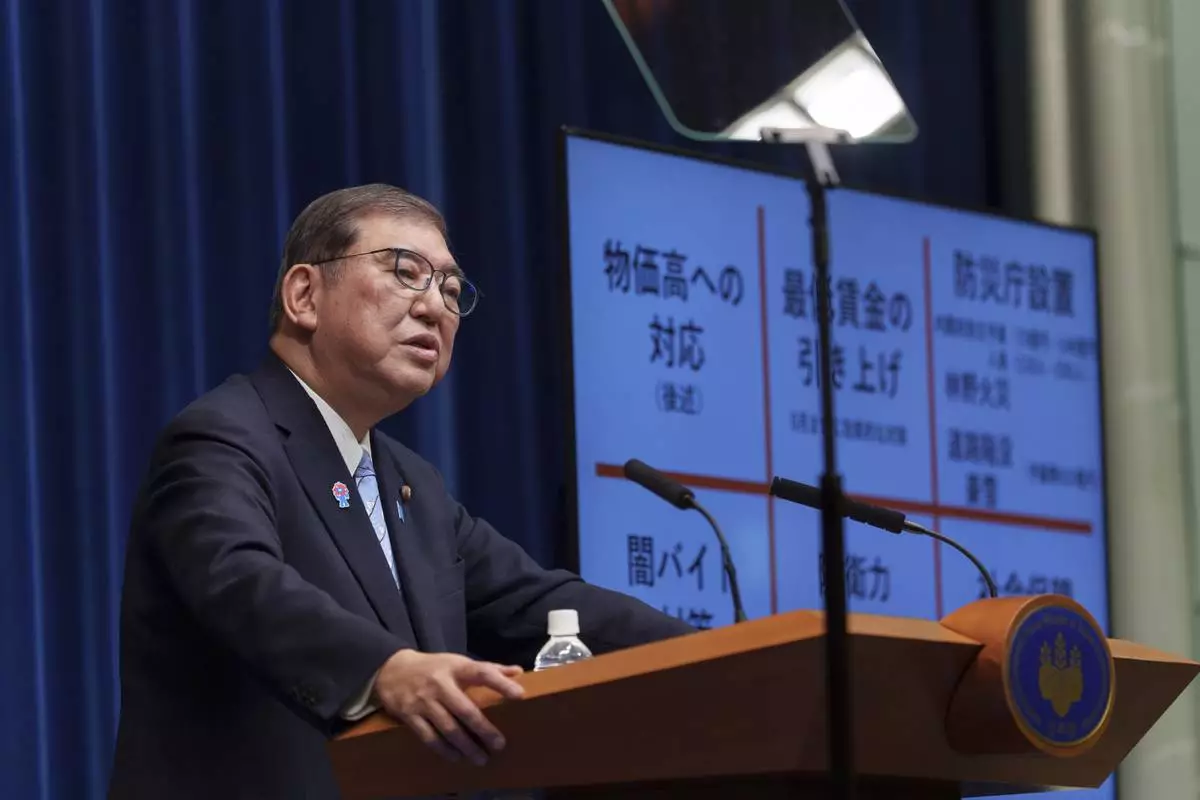
Japan's Prime Minister Shigeru Ishiba speaks during a press conference at his office in Tokyo Tuesday, April 1, 2025. (Nicolas Datiche/Pool Photo via AP)
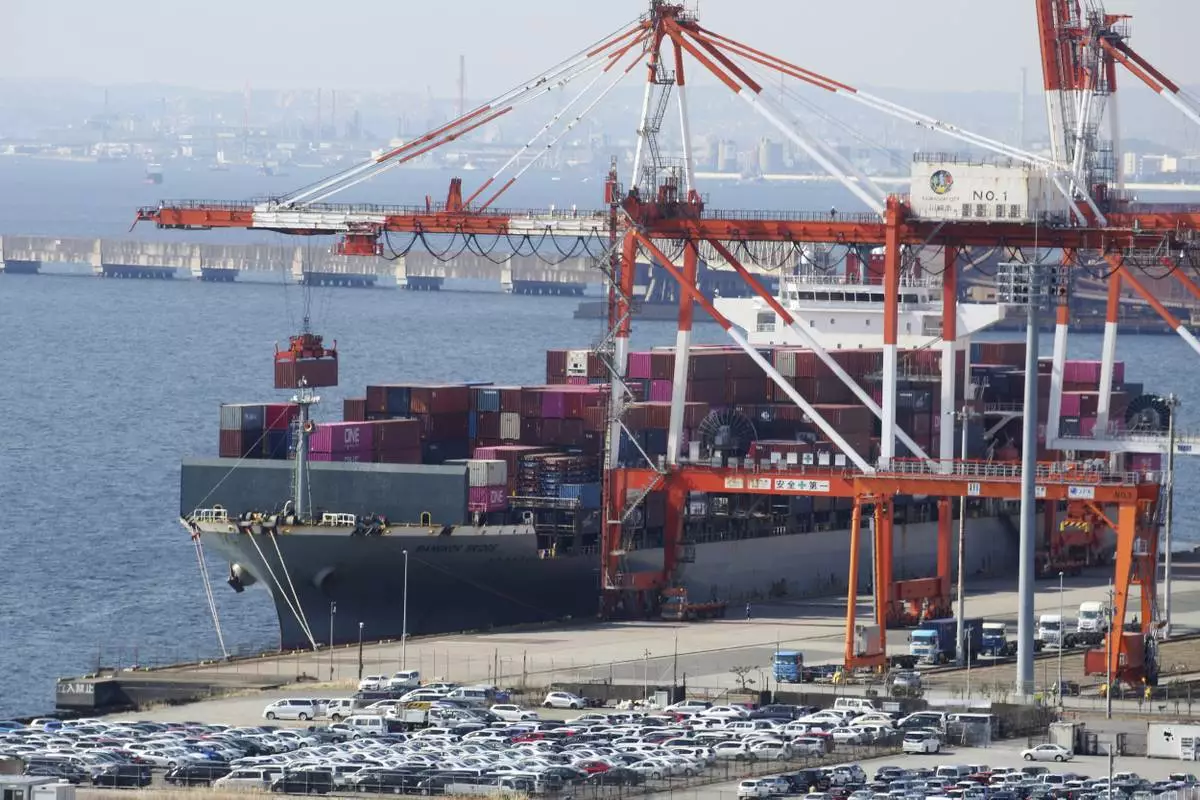
FILE - A container ship is loaded and unloaded at a container terminal at a port of Kawasaki near Tokyo on March 9, 2022. (AP Photo/Koji Sasahara, File)
SEOUL. South Korea (AP) — The United States has blocked imports of sea salt products from a major South Korean salt farm accused of using slave labor, becoming the first trade partner to take punitive action against a decadeslong problem on salt farms in remote islands off South Korea’s southwest coast.
U.S. Customs and Border Protection issued a withhold release order against the Taepyung salt farm, saying information “reasonably indicates” the use of forced labor at the company in the island county of Sinan, where most of South Korea’s sea salt products are made.
Under the order issued last Wednesday, Customs personnel at all U.S. ports of entry are required to hold sea salt products sourced from the farm.
Taepyung is the largest salt farm in Sinan, reportedly producing about 16,000 tons of salt annually, which accounts for approximately 6% of the country’s total output, and is a major supplier to South Korean food companies. The farm, located on Jeungdo island in Sinan and leasing most of its salt fields to tenants, has been repeatedly accused of using forced labor, including in 2014 and 2021.
In a statement to The Associated Press on Monday, South Korea’s Foreign Ministry said relevant government agencies, including the Ministry of Oceans and Fisheries, have been taking steps to address labor practices at Taepyung since 2021, and it assesses that none of the salt produced there now is sourced from forced labor. The ministry said it plans to “actively engage” in discussions with the U.S. officials over the matter. The fisheries ministry didn’t immediately comment on the U.S. move.
The widespread slavery at Sinan’s salt farms was exposed in 2014, when dozens of slavery victims — most of them with disabilities — were rescued from the islands following an investigation by mainland police. Some of their stories were documented by The Associated Press, which highlighted how slavery persisted despite the exposure.
U.S. Customs said it identified several signs of forced labor during its investigation of Taepyung, including “abuse of vulnerability, deception, restriction of movement, retention of identity documents, abusive living and working conditions, intimidation and threats, physical violence, debt bondage, withholding of wages, and excessive overtime.”
Lawyer Choi Jung Kyu, part of a group of attorneys and activists who petitioned U.S. Customs to take action against Taepyung and other South Korean salt farms in 2022, expressed hope that the U.S. ban would increase pressure on South Korea to take more effective steps to eliminate the slavery.
“Since the exposure of the problem in 2014, the courts have recognized the legal responsibility of the national government and local governments, but forced labor among salt farm workers has not been eradicated,” Choi said. “Our hope is that the export ban would force companies to strengthen due diligence over supply chains and lead to the elimination of human rights violations.”
Most of the salt farm slaves rescued in 2014 had been lured to the islands to work by brokers hired by salt farm owners, who would beat them into long hours of hard labor and confine them at their houses for years while providing little or no pay.
The slavery was revealed in early 2014 when two police officers from the capital, Seoul, disguised themselves as tourists to clandestinely rescue a victim who had been reported by his family as missing. One of the Seoul police officers told AP they went undercover because of concerns about collaboration between the island’s police and salt farm owners. Dozens of farm owners and job brokers were indicted, but no police or officials were punished despite allegations some knew about the slavery.
In 2019, South Korea’s Supreme Court upheld a lower court ruling that ordered the government to compensate three men who had been enslaved on Sinan’s salt farms, acknowledging that local officials and police failed to properly monitor their living and working conditions.
The salt farm slavery issue resurfaced in 2021 when around a dozen workers at Taepyung were discovered to have endured various labor abuses, including forced labor and wage theft.
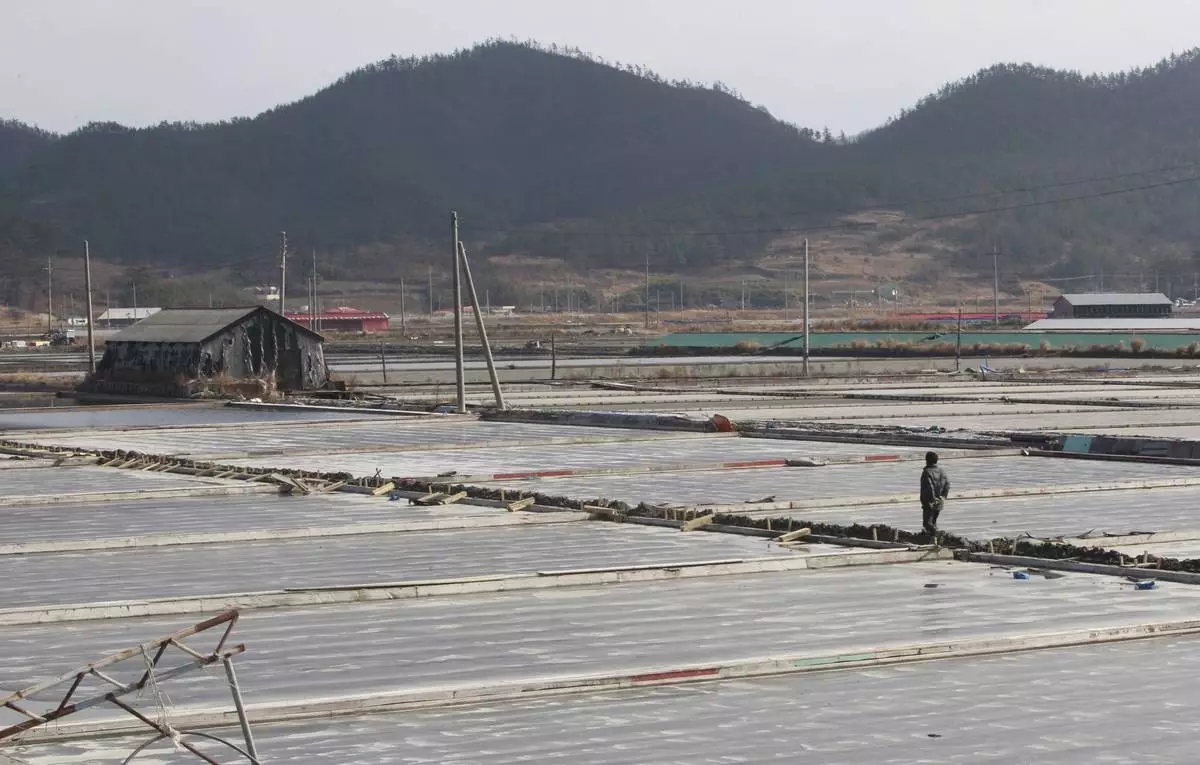
FILE - A salt farm owner walks around his salt farm on Sinui Island, South Korea, Feb. 19, 2014. (AP Photo/Ahn Young-joon, File)




